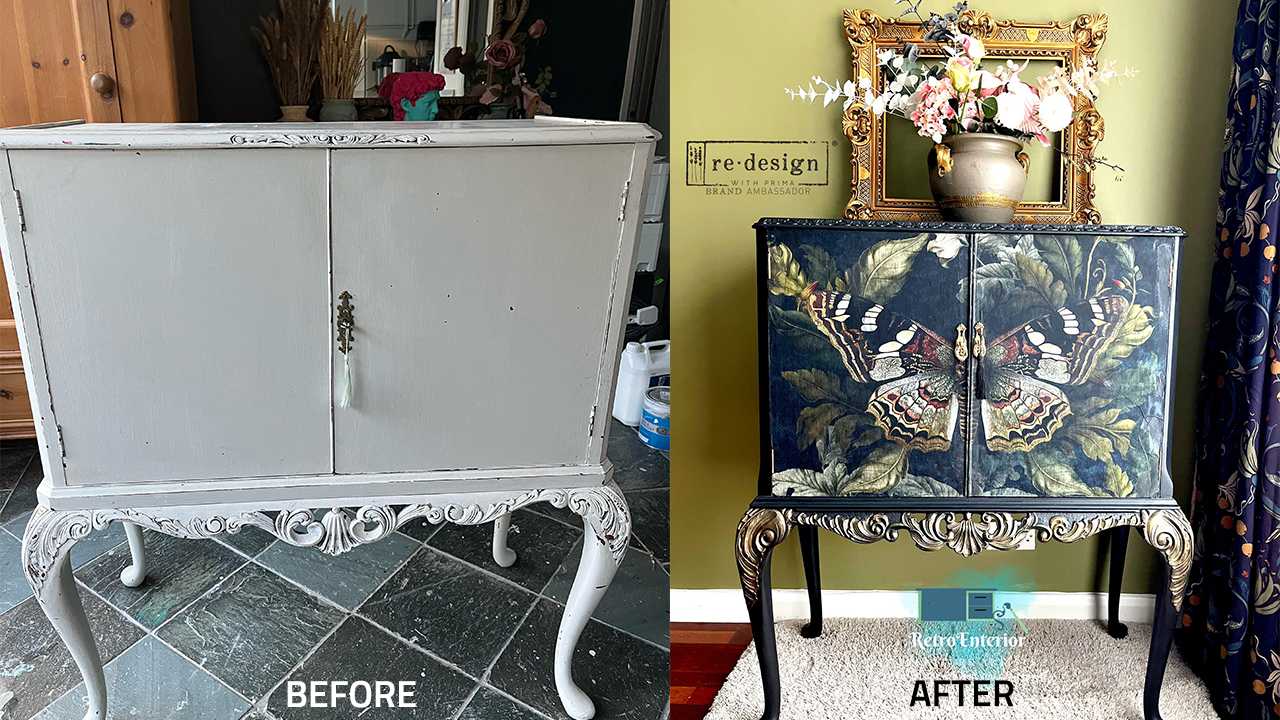
In a world where fast furniture dominates, leading to excessive waste and environmental degradation, repurposing and upcycling furniture have emerged as sustainable alternatives. These practices not only give old furniture a new life but also significantly reduce waste, conserve resources, and lower carbon footprints.
Why Repurpose & Upcycle Furniture?:
Every year, millions of tons of furniture end up in landfills, contributing to pollution and resource depletion. The furniture industry relies heavily on deforestation, energy-intensive production, and chemical-laden materials, making it one of the least sustainable industries. By repurposing and upcycling, we can:
- Reduce Landfill Waste: Instead of discarding furniture, creative transformations extend its lifespan.
- Conserve Natural Resources: Less demand for new materials means fewer trees cut down and less mining for metals.
- Lower Carbon Emissions: Manufacturing and transporting new furniture require energy, contributing to greenhouse gas emissions.
- Minimize Chemical Exposure: Many modern furniture pieces contain harmful chemicals like formaldehyde; reusing older, solid-wood furniture reduces exposure.
Creative Ways to Repurpose & Upcycle Furniture:
- Turn Old Dressers into Stylish Kitchen Islands
An old dresser can be transformed into a functional kitchen island by adding a butcher block top and some wheels for mobility. - Convert Wooden Doors into Dining Tables
Vintage wooden doors, when sanded and refinished, make excellent tabletops with unique character. - Use Broken Chairs as Garden Planters
Instead of discarding broken chairs, remove the seat and place a potted plant inside to create a charming garden display. - Transform Bed Frames into Benches
A sturdy wooden bed frame can be repurposed into an elegant entryway bench with a bit of cutting, sanding, and painting. - Repurpose drawers as Wall Shelves
Old drawers mounted on walls serve as unique shelving units, perfect for books, décor, or kitchen storage.
The Environmental & Social Impact:
Beyond waste reduction, repurposing furniture fosters creativity, promotes a circular economy, and supports local artisans. It encourages mindful consumption, shifting focus from mass production to personalized, high-quality craftsmanship. Moreover, donating upcycled furniture to charities can help underprivileged communities furnish their homes sustainably.
Final Thoughts:
Upcycling and repurposing furniture are more than just DIY trends—they are powerful steps toward a sustainable future. By choosing to restore and reimagine old furniture instead of discarding it, we actively contribute to reducing environmental harm and fostering a culture of sustainability. So, next time you’re about to toss an old chair or table, think twice—your next eco-friendly project might just be waiting to happen!
Are you ready to give your furniture a second life? Share your upcycling experiences in the comments!
Photo courtesy : retroenterior
